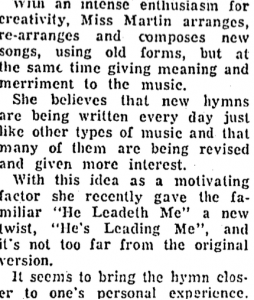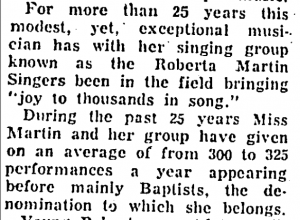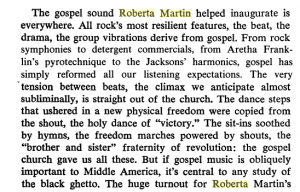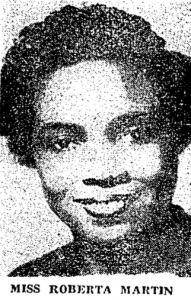Today many listeners of classical music are familiar with the music or at least the name of Amy Beach. A prodigy from a very young age who came to fame through her virtuosic piano performances made her lasting mark in her compositions. Her life was defined by her gender because women, especially those of Beach’s social standing, were not to support themselves. Even though her parents were distinctly aware of Amy’s talents, they stuck with the status quo plan for young women of the time: some formal schooling, lessons in the arts, and marriage.[1]
In her article published in many women’s magazines in the early 1900s she does not fault her family for so obviously holding her back when she had so much to do in music. Rather she saw her mother’s education style as a way to ease the young prodigy into music without becoming overwhelmed. Beach’s article almost exclusively focuses on the relationship between Amy and her mother, as well as her career as a performer and composer.[2]
Beach’s success as a musician almost depends on this sort of frame that women were expected to live in. There is no doubt that Beach could have done amazing things if afforded the right to a fancy musical education that men had available to them. However, her affluent family history and unique life story allowed (or forced) her to stand out among other women. I mention forced because Amy hardly had any choice in her study of music or the path it would take.[3]
Beach had the opportunity to become a self-taught musician after her little formal training because she did not have the duties of a domestic wife like many other women. After her husband’s death in 1910 she was able to take many tours of Europe and make her name even larger.
All of these facts make for a confusing picture of Amy Beach. On one hand we have a woman who is a prisoner in her time where women aren’t allowed to study music at high levels and must submit their wills to their parents and husbands. On the other hand we have Beach as a child prodigy who has led the way for other women composers after her and succeeded because of her circumstances, but could have thrived even more in a more accepting culture.
[1] Adrienne Fried Block, Amy Beach: Passionate Victorian, (Oxford:Oxford University Press, 1998), 298.
[2] Judith Tick ed., Music in the USA: A Documentary Companion, (Oxford: Oxford University Press, 2008), 323-327.
[3] Walter S. Jenkins, The Remarkable Mrs. Beach, American Composer, (Warren: Harmonie Park Press, 1994), 66-68.




